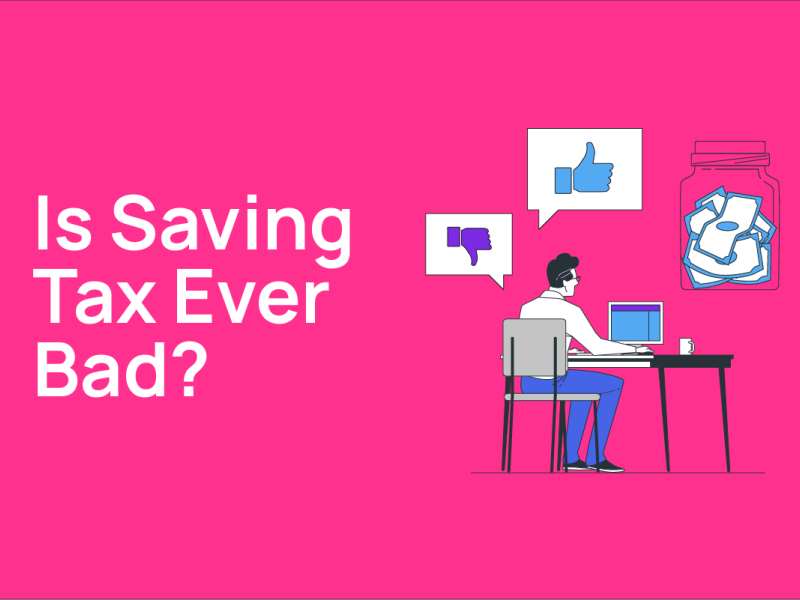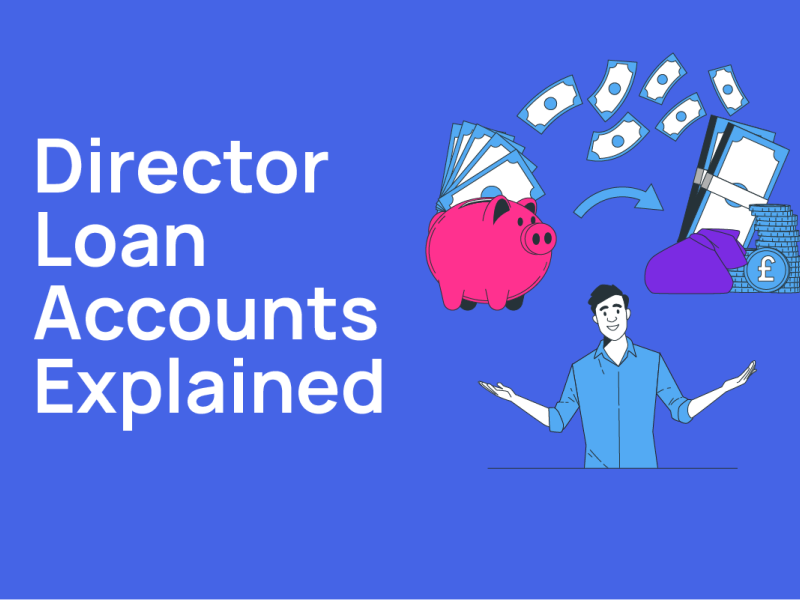Director Remuneration Strategy in 2023: Navigating Tax Challenges and Pitfalls
-
Richard Jackson - 15/10/2023

As we delve into the remainder of the 2023 tax year, the landscape for Directors remunerating themselves has become more intricate, moving beyond the realm of simple tax efficiency. In this article, we'll revisit the rationale behind the Salary/Dividend blend, its advantages, and the unforeseen challenges it poses during this financial year.
We will share with you some insights to potential tax challenges and pitfalls, helping you to make informed decisions proactively and avoid financial repercussions.
The Basics:
Company Directors leverage a mix of Salary and Dividends to minimise their overall tax burden. Typically in previous years, a modest salary was paid, garnering a full corporation tax deduction, complemented by regular dividend payments. The salary component often incurs zero income tax, and dividends, especially in the lower rate band, are taxed at a mere 8.75%. However, it's crucial to recognise that dividends are drawn from "post-tax profits," implying a prior 19-25% corporation tax payment on these earnings.
Profits or Reserves Dilemma:
Many small businesses may face reduced profits or even losses this year as the economy continues to stagnate. If your business lacks profits or brought forward reserves, your withdrawals can't be classified as Dividends. Drawing funds exceeding post-tax profits and reserves is considered a "Directors Loan," subjecting you to a 33.75% special rate of corporation tax. Additionally, the loan becomes a taxable benefit, incurring further tax for both you and the company.
A Deeper Downturn:
In the unfortunate event of your company facing administration with an overdrawn directors loan, you, as an individual, become a debtor to your company. Administrators may pursue you personally for debt repayment, putting your personal wealth and assets at risk.
Warning Signals:
If your business experiences a decline in trade and profits but you continue to withdraw dividends, exercise caution. Ensure your company generates enough post-tax profit to cover dividends or maintains sufficient brought forward reserves. Having enough profits/reserves in one quarter doesn't guarantee the same by year-end, potentially resulting in an overdrawn director's loan account and a 33.75% CT charge.
Final Notes:
Dividends can only be distributed from post-tax profits or reserves. Mere cash in the company account doesn't authorise dividend withdrawal. It may be earmarked for future liabilities or may stem from loans. Drawing dividends from borrowed funds is a no-go.
Maintain meticulous accounting records and monthly management accounts during this period. Blindly pursuing dividends without tracking profits might lead to more significant challenges than opting for a salary, despite the associated tax burden.
In this evolving financial landscape, understanding the intricacies of director remuneration is paramount. Stay informed, stay proactive.
4 Costly Mistakes Business
Owners Make with Dividends
Imagine paying dividends for years, thinking you're doing everything right. But then, one day, you discover you've made a costly mistake that could ruin your business. A mistake that could have been avoided.
Don't let this happen to you. Learn the 4 common dividend errors that can destroy your business - and how to prevent them.



